
|
ECGbook.com Making Medical Education Free for All |
Upload ECG for Interpretation |

|
ECGbook.com Making Medical Education Free for All |
Upload ECG for Interpretation |
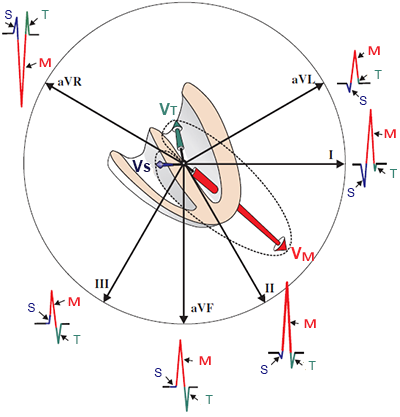
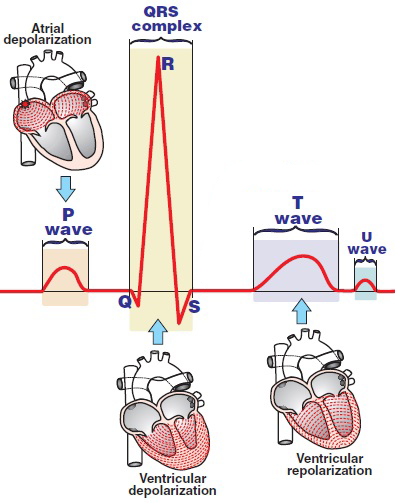
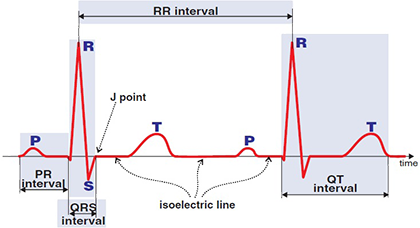

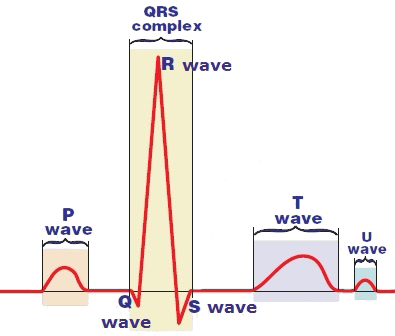
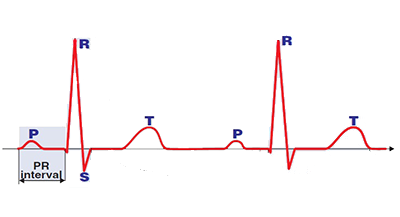
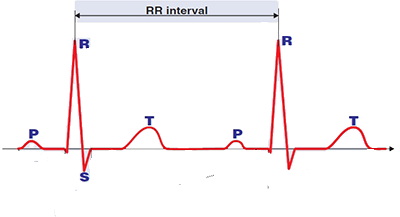
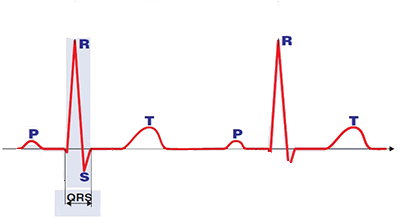
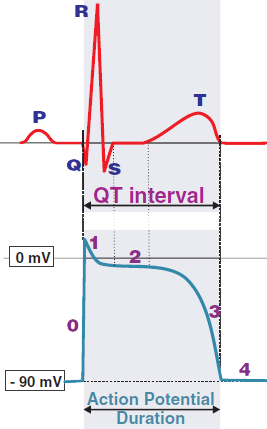

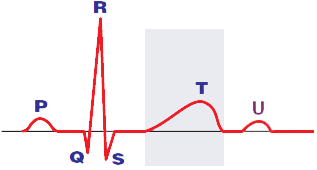
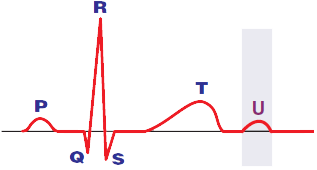
Sources
Electrical Vector
|

|
|

|
Interval
|

|
Segment
|

|
Waves and Deflections
|

|
PQ Interval
|

|
RR Interval
|

|
QRS Complex
|

|
QT Interval
|

|
ST Segment
|

|
T Wave
|

|
U Wave
|

|
Sources